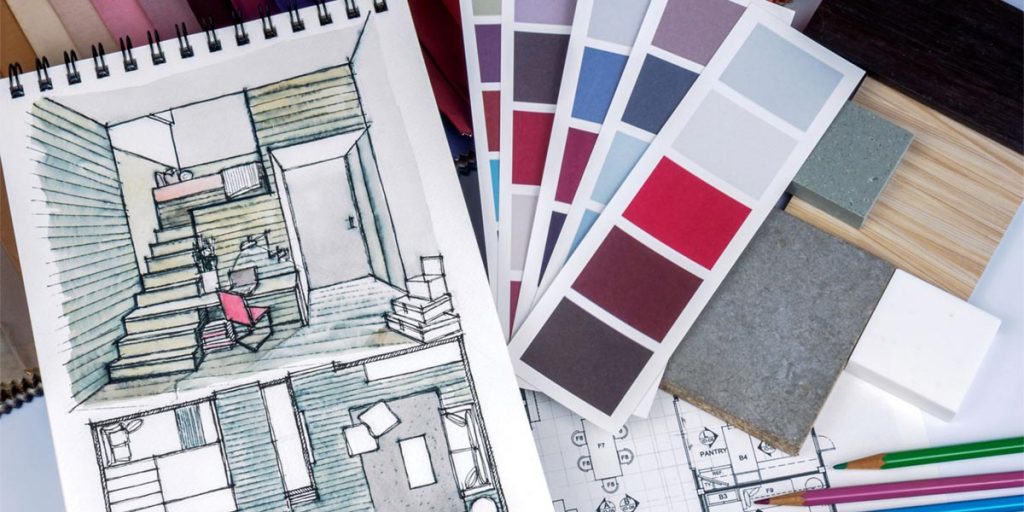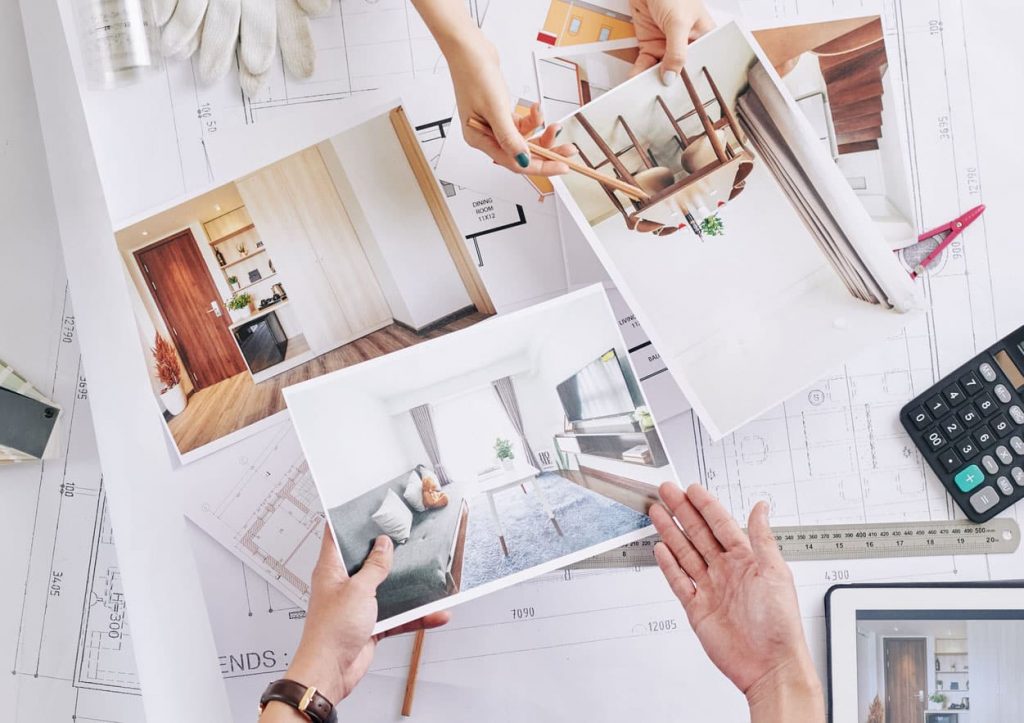How Interior Design Can Impact Mental and Physical Health
Interior design is not just about creating a visually appealing space; it can also have a profound impact on our mental and physical well-being. A well-designed space can promote relaxation, reduce stress, and even improve our physical health. In this article, we’ll explore the ways in which interior design can contribute to a healthier and happier life.

Natural Light and Ventilation
Natural light and fresh air are essential for our physical and mental health. Incorporating large windows, skylights, and sliding glass doors can bring in natural light and provide a connection to the outdoors. Proper ventilation systems can also remove pollutants and toxins from the air, promoting a healthier indoor environment.
Color Therapy
Colors can have a profound impact on our mood and emotions. Calming colors like blue and green can promote relaxation, while energizing colors like yellow and orange can boost creativity and productivity. Incorporating a thoughtful color scheme into your design can create a supportive environment for mental well-being.
Acoustic Comfort
Noise pollution can have a significant impact on our mental health, causing stress and anxiety. Incorporating sound-absorbing materials, like acoustic panels, and designing for quiet spaces can create a more peaceful environment.

Biophilic Design
Biophilic design incorporates elements of nature into the built environment. Adding plants, natural materials, and organic shapes can create a sense of connection to the natural world, promoting feelings of calm and well-being.
Flexible and Adaptable Spaces
Flexible and adaptable spaces can support our changing needs and activities. Incorporating multi-functional furniture and modular design elements can create a space that promotes physical activity and mental stimulation.



